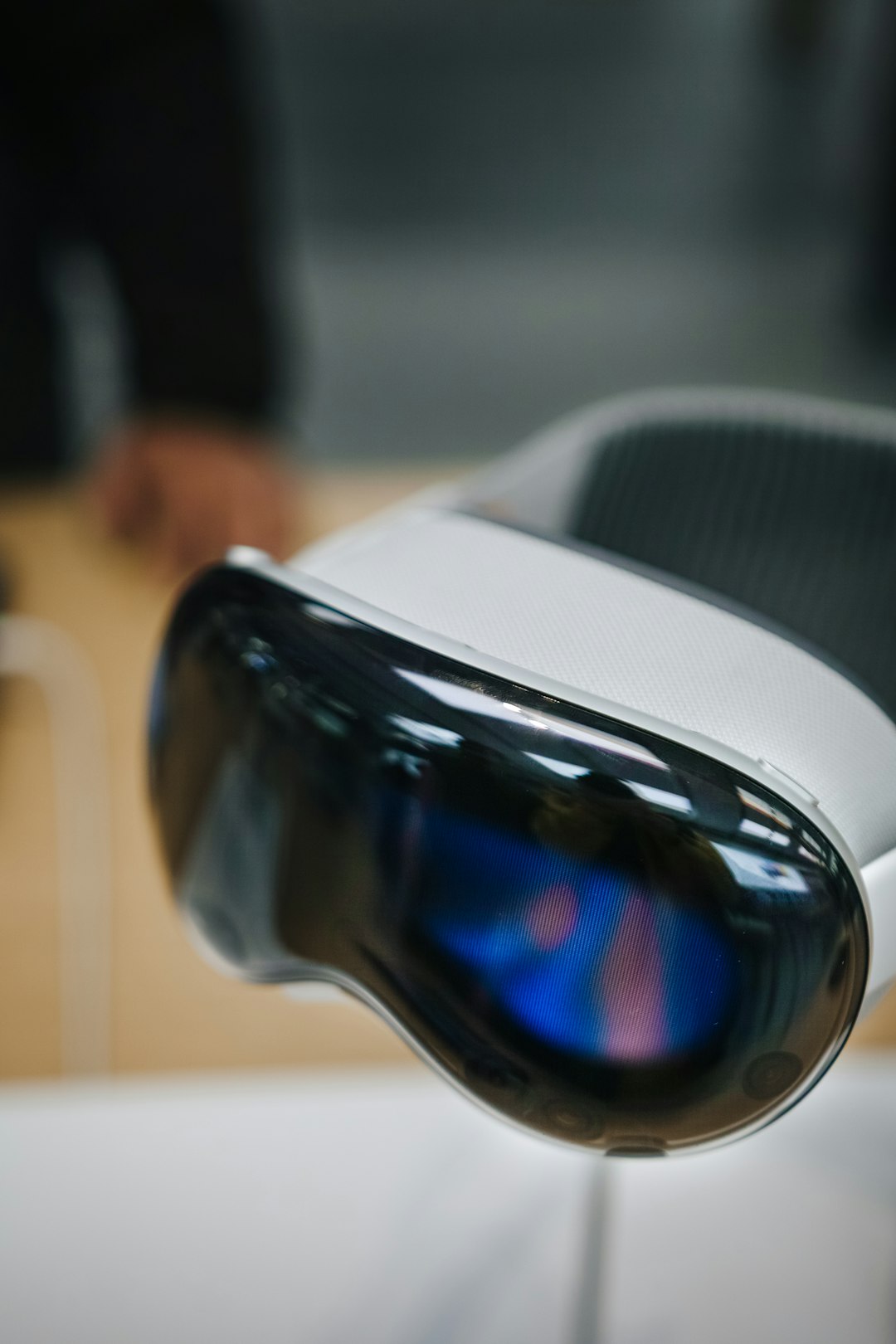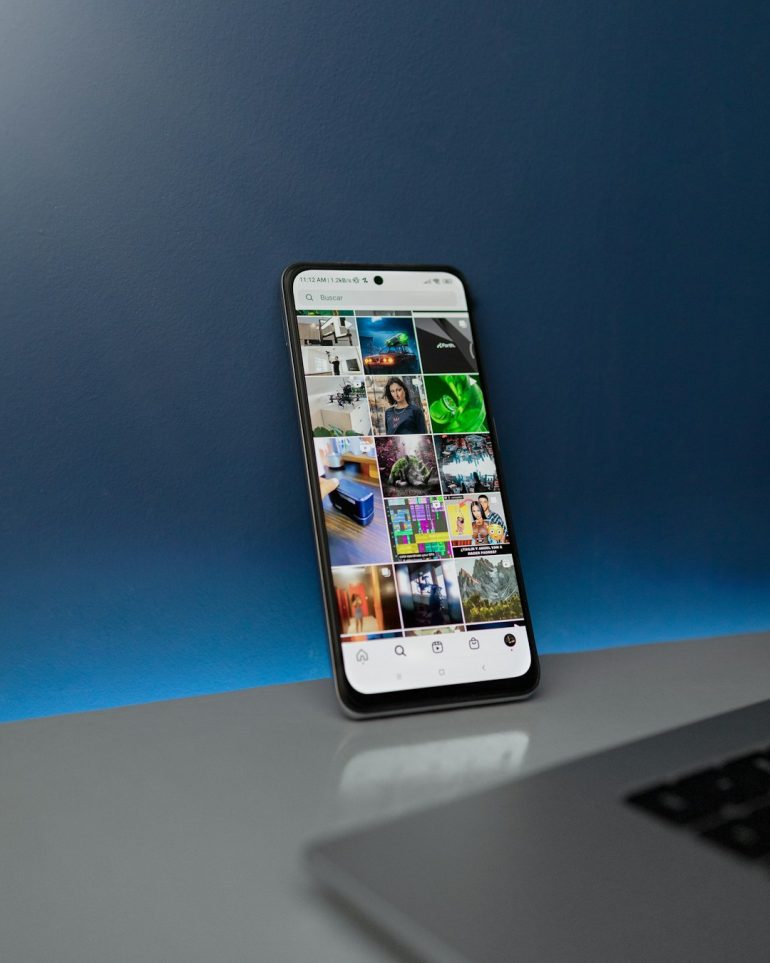Future Tech Trends: Gadgets and Tools That Will Shape 2026 and Beyond
As we surge further into the 21st century, the pace of technological advancement shows no signs of slowing down. With each passing year, groundbreaking innovations continue to reshape how we live, work, communicate, and play. By 2026, many of these developments will no longer be speculative visions, but rather integrated pillars of everyday life. From intelligent assistants to brain-computer interfaces, the gadgets and tools of tomorrow are rapidly approaching their mainstream debut.
1. AI-Powered Everything
Table of Contents
Artificial Intelligence (AI) is set to become even more pervasive by 2026, deeply embedded in nearly every digital device we use. While we’ve already become familiar with virtual assistants like Siri and Alexa, the next generation of AI-enhanced gadgets will exhibit unprecedented levels of contextual awareness, emotional intelligence, and decision-making abilities.
Expect AI chips to be standard in smartphones, allowing offline processing of complex tasks such as real-time language translation, emotional recognition, and predictive behavior modeling. Smart home systems will grow smarter still, adjusting lighting, temperature, and security autonomously based on your behavior patterns and preferences.
In the workplace, AI tools will be indispensable. Enhanced collaboration platforms will use AI to summarize meetings, suggest action items, and auto-generate reports. Even creative professions like design, music composition, and writing are likely to be transformed, as AI becomes a creative partner rather than just a tool.
2. Extended Reality (XR): The Fusion of Virtual and Real
By 2026, immersive technologies like Augmented Reality (AR) and Virtual Reality (VR) — collectively known as Extended Reality (XR) — will be far more refined, accessible, and integrated into daily workflows and entertainment platforms.
Consumer-grade AR glasses are likely to become the new standard, offering hands-free access to digital overlays on the physical world. Whether it’s navigating a city with directions displayed directly in your line of sight or getting step-by-step instructions while cooking, AR will blur the lines between the digital and the real.

The gaming and entertainment industries stand to gain the most. Ultra-realistic VR environments powered by edge computing and 5G will offer multiplayer experiences with lifelike interactions. In education, immersive simulations will enable students to dissect virtual organisms or walk through historical events, greatly enhancing learning outcomes.
3. Health Tech Revolution
Wearable health technology is evolving into something almost magical. In 2026 and beyond, we will see a leap from step counters and heart rate monitors to real-time diagnostics and preventative care.
Futuristic patches and smart tattoos will constantly monitor glucose levels, hydration, oxygen concentration, and other vital stats without invasive methods. These sensors, combined with AI analytics, will empower users and doctors alike to detect anomalies before symptoms even appear.
Some standout innovations include:
- Smart Toilets – capable of analyzing waste for early signs of disease.
- Nano-drones for Drug Delivery – targeting exact cell groups requiring treatment.
- Portable Ultrasound Devices – enabling quick home-based diagnostics through smartphones.

These technologies won’t just help manage chronic conditions; they’ll fundamentally change preventive medicine, shifting healthcare from reactive to proactive.
4. Quantum Computing and Next-Gen Processing
Though still in its early stages, quantum computing is set to revolutionize industries reliant on complex problem-solving, from pharmaceuticals to logistics. By 2026, while we may not see devices like quantum smartphones, cloud-based quantum services will become more widely available.
These new processing paradigms will facilitate breakthroughs in materials science, enabling superconductors for ultra-efficient transport systems or high-density batteries for longer-lasting gadgets. Developers will be able to simulate scenarios at cosmic or molecular scales, pushing the boundaries of what tech can achieve.
Complementing this evolution is the rapid advancement of neuromorphic computing, which mimics the human brain’s structure to create smarter, energy-efficient AIs. Expect this tech to significantly enhance robotic systems, autonomous vehicles, and even emotion-sensitive interfaces.
5. Smart Infrastructure and Cities
Smart cities are no longer futuristic pipe dreams, and by 2026, we’ll begin to feel their benefits on a local level. IoT-enabled urban areas will offer unprecedented levels of efficiency and sustainability.
Intelligent traffic systems will dynamically manage congestion using real-time data. Public lighting will adapt based on movement and natural light, and air pollution data will be used to reroute traffic or temporarily discourage vehicle use in affected areas. Waste collection can also be automated through smart bins that signal when they need service.
Most impressively, buildings will become responsive. HVAC, lighting, and security systems will optimize themselves to reduce energy usage and increase comfort. Thanks to edge computing and 5G, latency-free responsiveness will become the norm across smart infrastructure.
6. Personal Tech Gets Ultra-Personalized
Gone are the days when smartphones and laptops were one-size-fits-all. The tech of the near future will mold itself around your unique needs, learning from your behavior and anticipating your desires.
Wearables will evolve to interface not just with your devices, but with your environment and even your neural activity. Think brain-computer interfaces (BCIs) that let you control devices with merely a thought. While mass-market BCIs may not be entirely normalized by 2026, early adopters and specialized users (such as those with disabilities) will begin to showcase their potential.
Other personalized tools on the horizon include:
- AI stylist assistants – offering fashion advice based on your appearance, mood, and the weather.
- Smart mirrors – displaying health tips, calendar reminders, and personal grooming suggestions as you get ready.
- Modular electronics – letting users plug-and-play custom modules for different use cases like gaming, productivity, or creative work.
7. Energy Innovations Powering the New Era
All this futuristic tech demands massive amounts of energy. Fortunately, the energy sector is also undergoing a quiet revolution. In 2026 and beyond, we’ll see major strides in portable, sustainable, and long-lasting power sources.
Solar panel technology will become more efficient and flexible, even integrated into everyday items like windows, phone screens, or clothing. Energy harvesting from movement, body heat, or even ambient sound will keep wearables charged indefinitely.
Batteries will also see a boost with the advent of solid-state technology. These next-gen power cells are safer, smaller, and capable of more charge cycles compared to today’s lithium-ion models. Combined with AI-based power management, future devices may only need charging a few times a month, or even once a quarter.
8. A Glimpse Into the Future Workplace
With remote and hybrid work models here to stay, the workplace will see radical rethinking. Offices will become smart hubs equipped with mixed-reality collaboration tools. Employees working from home will leverage holographic projectors and full-immersion VR meetings, making it feel as though they’re sharing a room, regardless of location.
Smart desks will adjust based on your posture history to improve ergonomics. AI administrators will schedule your meetings, filter your messages, and even brief you before every call. Cloud robotics may bring about a new wave of distributed physical labor, where workers in one part of the world control machinery in another using real-time sensory feedback and haptics.
Final Thoughts: Embracing the Digital Horizon
The future of technology promises a more connected, efficient, and intelligent world. As we move towards 2026, these prominent tech trends offer a glimpse into a lifestyle where digital tools don’t just serve us—they understand us, adapt to us, and in some cases, even anticipate what we need before we ask.
Rather than fearing these changes, it’s essential to stay informed and engaged. The gadgets of tomorrow will offer more than novelty—they will be integral partners in personal empowerment, sustainability, and global progress. The time to prepare for the future is now, and for those paying attention, the coming tech landscape looks more thrilling than ever before.







